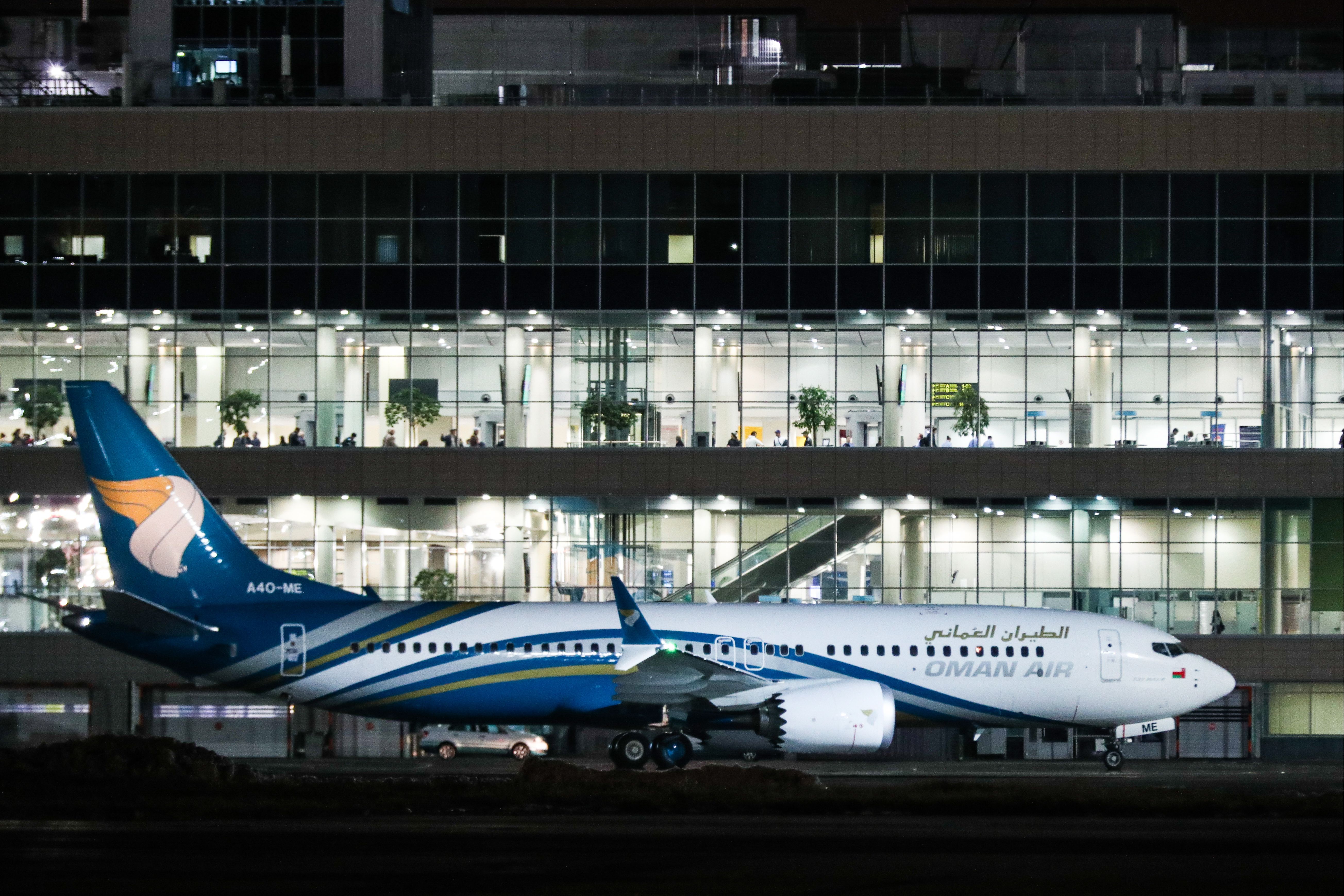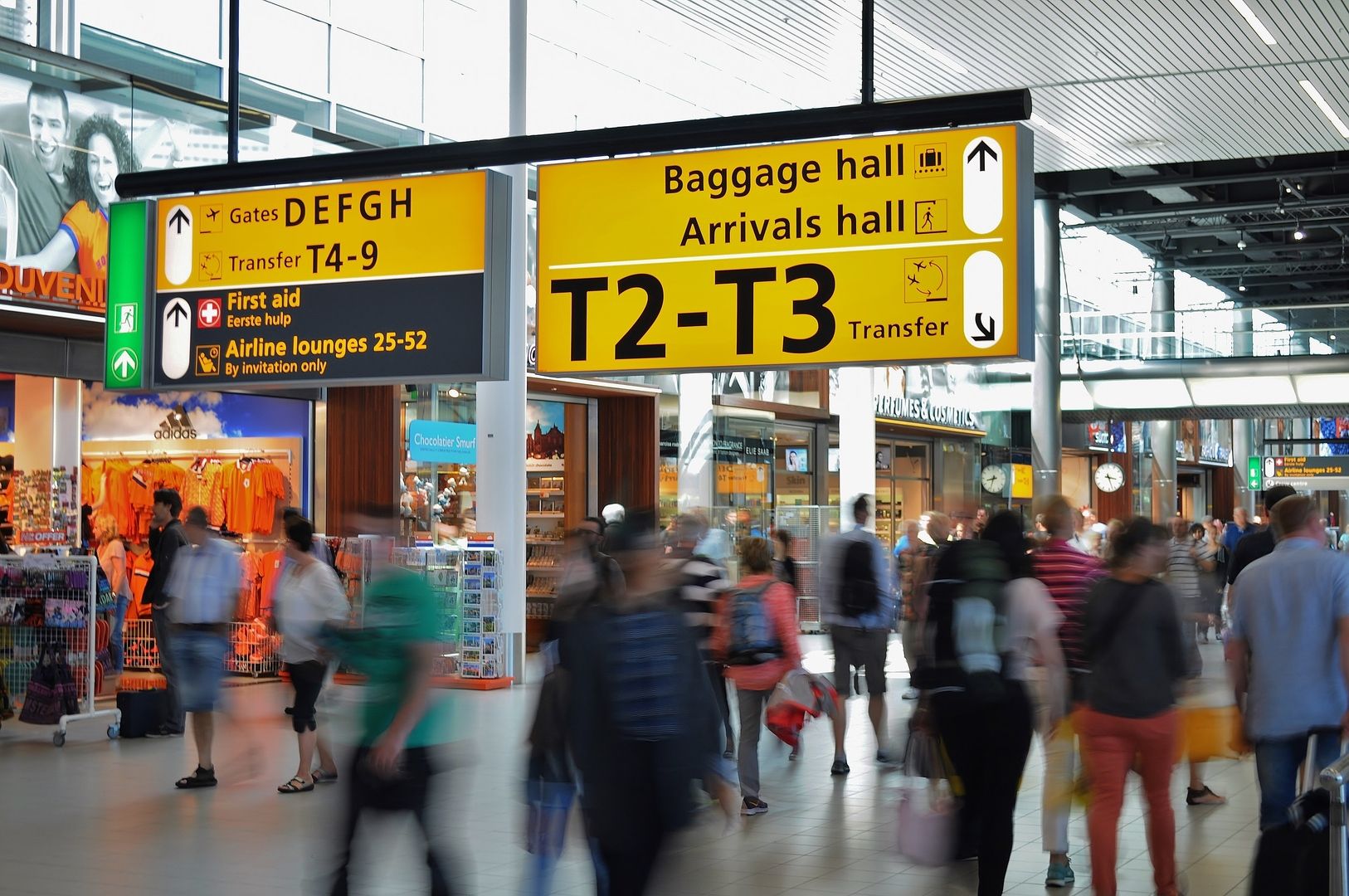The Middle Eastern country of Oman experienced a sharp increase in the number of travelers arriving, departing, and transiting through its airports this year. The National Centre for Statistics and Information (NCSI) reported 6,969,976 passengers through Omani airports from January to September of 2022–a 168% increase in the number of arrivals and a 120% increase in the number of departures when compared to the same time in 2021. This change is accompanied by a 110% increase in the number of international flights, from 26,636 flights last year to 55,814 this year.
The announcement comes after a year of recovery for the travel industry following the severe disruptions that accompanied the pandemic. It also comes at a time when demand for travel to the Middle East is at an all-time high due to the ongoing FIFA World Cup in Doha, Qatar.
A breakdown by airport
Photo: Getty Images
Muscat International Airport (MCT), which is located in Oman’s capital, experienced the greatest increase in traffic, with 5,975,726 travelers this year (up from 2,373,363 last year–an increase of 114%). Meanwhile, Salalah International Airport (SLL) experienced a 221% increase in the number of international flights and a 39% increase in the number of domestic flights (from 2,774 last year to 3,857 this year). Suhar International Airport (OHS) hosted 585 international flights and 55,243 passengers, while Duqm Airport (DQM) saw a 5% increase in the number of domestic flights (from 468 last year to 490 this year).
It is worth noting that the vast majority of travelers were from India (113,785), followed by Bangladesh (52,644) and Pakistan (34,078).
Robust demand for travel
The biggest reason for the drastic increase in passengers through Omani airports is the fact that most of the world finally considers the pandemic to be over. As a result, demand for tourism has soared back to where it was before March 2020, and the NCSI’s report is one manifestation of that.
Furthermore, the end of the pandemic means that businesses are once again investing in new ventures. Given that Oman and other countries in the region have a history of employing South Asian migrant workers and the fact that the vast majority of travelers to Oman were from South Asian countries, it is not unreasonable to conclude that such workers constitute a substantial portion of the newfound demand for travel.
Finally, the FIFA World Cup which is currently taking place in the neighboring country of Qatar is likely to have played a role in increased demand for travel to the region as fans from all over the world pour in to watch.
The NCSI’s report on the increased number of travelers arriving, departing, and transiting through airports in Oman is ultimately welcome news but no surprise. The end of the pandemic, an increased demand for South Asian migrant workers, and the FIFA World Cup in Doha have all contributed greatly to the recent trend. Whether or not demand for travel to Oman remains high is something that will become evident in the months and years to come; for now, the Middle Eastern country can continue to benefit from the increased economic activity that more passengers are bringing to the region.
[ad_2]
Source link




